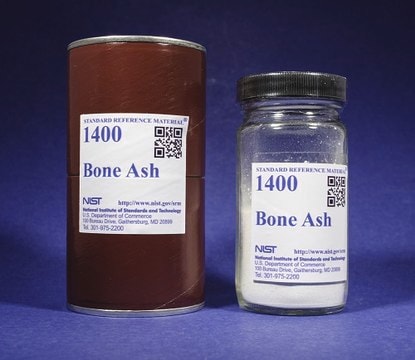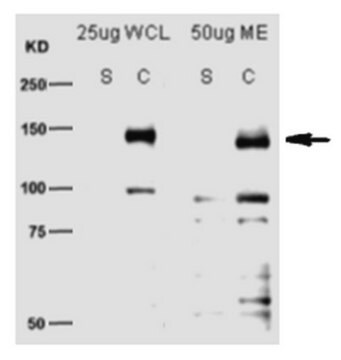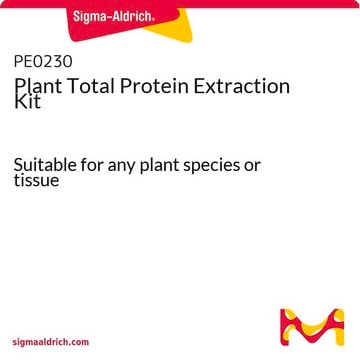Recommended Products
grade
certified reference material
Quality Level
form
amorphous (powder)
packaging
pkg of 50 g
manufacturer/tradename
NIST®
technique(s)
mass spectrometry (MS): suitable
optical emission spectroscopy (OES): suitable
application(s)
food and beverages
forensics and toxicology
format
matrix material
General description
This bone meal standard reference material (SRM) contains steamed bone meal that was sieved and blended to a high degree of homogeneity. A unit of SRM 1486 consists of approximately 50 g of bone meal.
NIST1486_Cert
NIST1486_SDS
NIST1486_Cert
NIST1486_SDS
Application
This bone meal standard reference material (SRM) is intended primarily for use in evaluating analytical methods used for the determination of selected major, minor, and trace elements in bone and in the material of a similar matrix.
Other Notes
- Details on expiry, usage, and drying procedure are available in the NIST certificate.
- Notes on handling, storage, regulations, transportation, and disposal are provided in the SDS.
Matrix Group: Animal Feed
Preparation Note
- Certified mass fraction values for constituent elements are determined on a dry-mass basis.
- Reference values are non-certified values that are the best estimate of the true value.
Legal Information
NIST is a registered trademark of National Institute of Standards and Technology
SRM is a registered trademark of National Institute of Standards and Technology
related product
Product No.
Description
Pricing
Storage Class
13 - Non Combustible Solids
wgk_germany
WGK 3
Choose from one of the most recent versions:
Certificates of Analysis (COA)
Lot/Batch Number
Sorry, we don't have COAs for this product available online at this time.
If you need assistance, please contact Customer Support.
Already Own This Product?
Find documentation for the products that you have recently purchased in the Document Library.
Thomas H Darrah et al.
Metallomics : integrated biometal science, 1(6), 479-488 (2009-11-01)
We find anomalously high gadolinium (Gd) concentrations in the femoral head bones of patients exposed to chelated Gd, commonly used as a contrast agent for medical imaging. Gd is introduced in chelated form to protect patients from exposure to toxic
A review of radiologically important trace elements in human bones.
Tandon L, et al.
Applied Radiation and Isotopes, 49(8), 903-910 (1998)
Nattida Charadram et al.
Journal of structural biology, 181(3), 207-222 (2012-12-25)
In response to microbial invasion of dentin odontoblasts secrete an altered calcified matrix termed reactionary dentin (Rd). 3D reconstruction of focused-ion-beam scanning electron microscopy (FIB-SEM) image slices revealed helical tubular structures in Rd that contrasted with regular cylindrical tubules characteristic
J K Pringle et al.
Forensic science international, 332, 111175-111175 (2022-01-14)
Hand-held, portable X-Ray fluorescence instruments (pXRF) provide a means of rapid, in-situ chemical characterisation that has considerable application as a rapid trace evidence characterisation tool in forensic geoscience. This study presents both a control test study which demonstrates optimisation of
Renata Rank Miranda et al.
Journal of nanobiotechnology, 18(1), 164-164 (2020-11-11)
Combination chemotherapy uses drugs that target different cancer hallmarks, resulting in synergistic or additive toxicity. This strategy enhances therapeutic efficacy as well as minimizes drug resistance and side effects. In this study, we investigated whether silver nanoparticles act as a
Our team of scientists has experience in all areas of research including Life Science, Material Science, Chemical Synthesis, Chromatography, Analytical and many others.
Contact Technical Service






